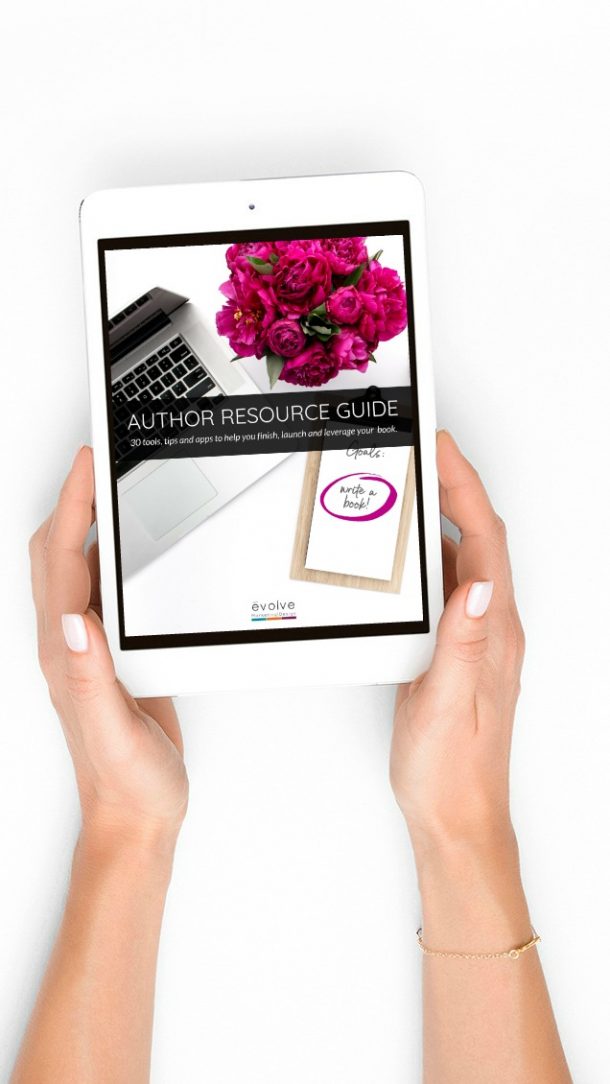When I was a teenager, I wanted to be a fashion designer. I filled notebooks with ideas and sketches, and tore through magazines and high-end catalogs to see who was making what that season.
Then, the ultimate prize: my mom took me to a Bob Mackie fashion show in Chicago. I was absolutely enthralled! To this day I remember those first few stunning, defining seconds of the show … and trying on some clothes backstage after the show. (Yeah, that was fun!)
I think two things drew me to fashion: first, the sense that you could re-create yourself several times a year, and second, the idea of collections—pieces that are made to work together as part of a greater vision.
Within a collection, there are connections and reference points, no matter how subtle. The pieces are in alignment, there’s a cohesion and sense of belonging together. A fabric or a pattern or a piece of trim might be repeated in two or more garments. Color, texture, and the overall look and feel of the individual pieces is what makes them a collection.
Psychologically this affects our brain. The brain likes to see things that go together. It calms the brain down. It allows more bandwidth in a sense because the brain isn’t running a background process trying to figure out what’s out of sync. You’ve heard the phrase, “Confused minds don’t buy”? And that’s just talking about conscious confusion—not understanding what you’re saying or offering.
A brand that is out of alignment confuses your buyers on an unconscious level. They may not be able to articulate what’s “off” but they’ll know something is off.
Think about Apple. Apple nails this principle of brand alignment, perhaps like no other brand in history. Product design, packaging, logo, product names, advertising, colors, fonts, web design, retail spaces, online customer experience, corporate offices: literally every aspect of their business expresses their singular brand. Their branding has been so successful that their logo is kind of unnecessary at this point. You could remove the bitten apple logo from anything associated with their brand and still know it’s Apple.
So what’s an entrepreneur like you to do?
To revamp a familiar phrase, you have to see the whole forest to see if any of the trees need help. One tree on its own might look fine. No problems. But when you can see all of the trees at once, then irregularities are more apparent.
As business owners, oftentimes we can’t see what’s right in front of us because we’re too close to it. One of the areas where I help clients most is zooming out to that bigger vision, to see if their branding elements are working together or at cross purposes.
How can you tell if your brand is out of alignment? Here is a simple two-step process to get you started:
- Write down every customer touchpoint for your business. These might include:
- Business cards
- Letterhead
- Website
- All social media accounts
- Ads
- Promotional giveaways
- Billboards
- Building signage
- Vehicle signage
- Product packaging
- Marketing collateral (brochures, postcards, etc.)
- YOU (you are your brand, after all!)
- Review each of these touchpoints and compare these essential elements for consistency:
- Logo
- Tagline
- Look/feel
- Colors
- Profile photo
- Messaging
Does anything look out of whack?
Each of your touchpoints should reflect your brand. If you updated your profile photo on your Facebook page but your website About page has a picture from five years ago, that’s not good. If someone meets you at a mixer and has your business card, and then looks up your website or your LinkedIn profile, will they know it’s you? Or will they feel unsure?
Brand alignment is an ongoing process. Once you’ve completed your touchpoints review, make a list of what needs to be updated to be in sync. (Tip: A brand board is a great tool to help you stay on track with your branding across all channels. Here’s a peek at my brand board.) Prioritize making those updates by the most visible or most visited touchpoints. Take one evening and update all of your social media profile photos. Then another evening order new business cards to reflect your new logo, or whatever your specific tasks are.
Soon all of your customers will have no doubt that you’re you, no matter where they come across your brand.
If you’d like some assistance figuring out all of this, please say hello and let’s chat!
If you found this article helpful, I’d love it if you would share it. XO





